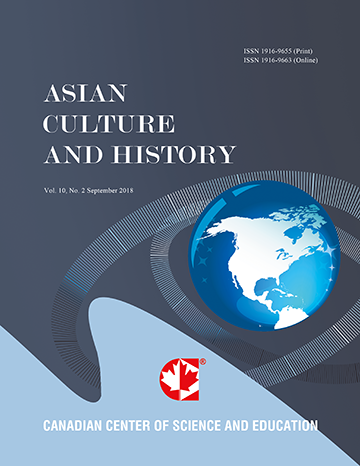The Musical Expression of “san zu liang er”: New Explorations of Interval and Sonata Form in “鼎”
- Yao Qin
- Loo Fung Chiat
- Ku Hasnita binti Ku Samsu
- Yeoh Pei Sze
Abstract
Yao Henglu is one of the most distinguished contemporary Chinese composers and educators. His work for Free Bass Accordion, “鼎”, Ding, (TRIPOD, Sonata No.1 for Free Bass Accordion), is a unique solo repertoire for the instrument. Yao Henglu employs a culturally informed approach to defining musical structures and organizes musical ideas through innovative Interval concepts. This piece reflects the composer’s integration of Chinese cultural elements into the framework of Western sonata form and explores innovations in interval relationships. This article examines “鼎” from three perspectives: an overview of the composer and the work, the “san zu liang er” (三足两耳) in sonata form, and an analysis of interval innovation. Through this exploration, the connection and fusion between Western modern compositional techniques and Chinese cultural traditions were revealed, highlighting Yao Henglu’s contributions and the uniqueness of “鼎”.
- Full Text:
 PDF
PDF
- DOI:10.5539/ach.v17n2p1
Journal Metrics
Google-based Impact Factor (2017): 5.42
h-index (January 2018): 11
i10-index (January 2018): 21
h5-index (January 2018): 6
h5-median (January 2018): 9
Index
- Academic Journals Database
- CNKI Scholar
- COPAC
- EconPapers
- Elektronische Zeitschriftenbibliothek (EZB)
- Excellence in Research for Australia (ERA)
- Genamics JournalSeek
- Google Scholar
- Infotrieve
- LOCKSS
- MIAR
- NewJour
- Open J-Gate
- PKP Open Archives Harvester
- Publons
- RePEc
- Scilit
- SHERPA/RoMEO
- Standard Periodical Directory
- Technische Informationsbibliothek (TIB)
- The Keepers Registry
- Universe Digital Library
- WorldCat
Contact
- Ivan YongEditorial Assistant
- ach@ccsenet.org
